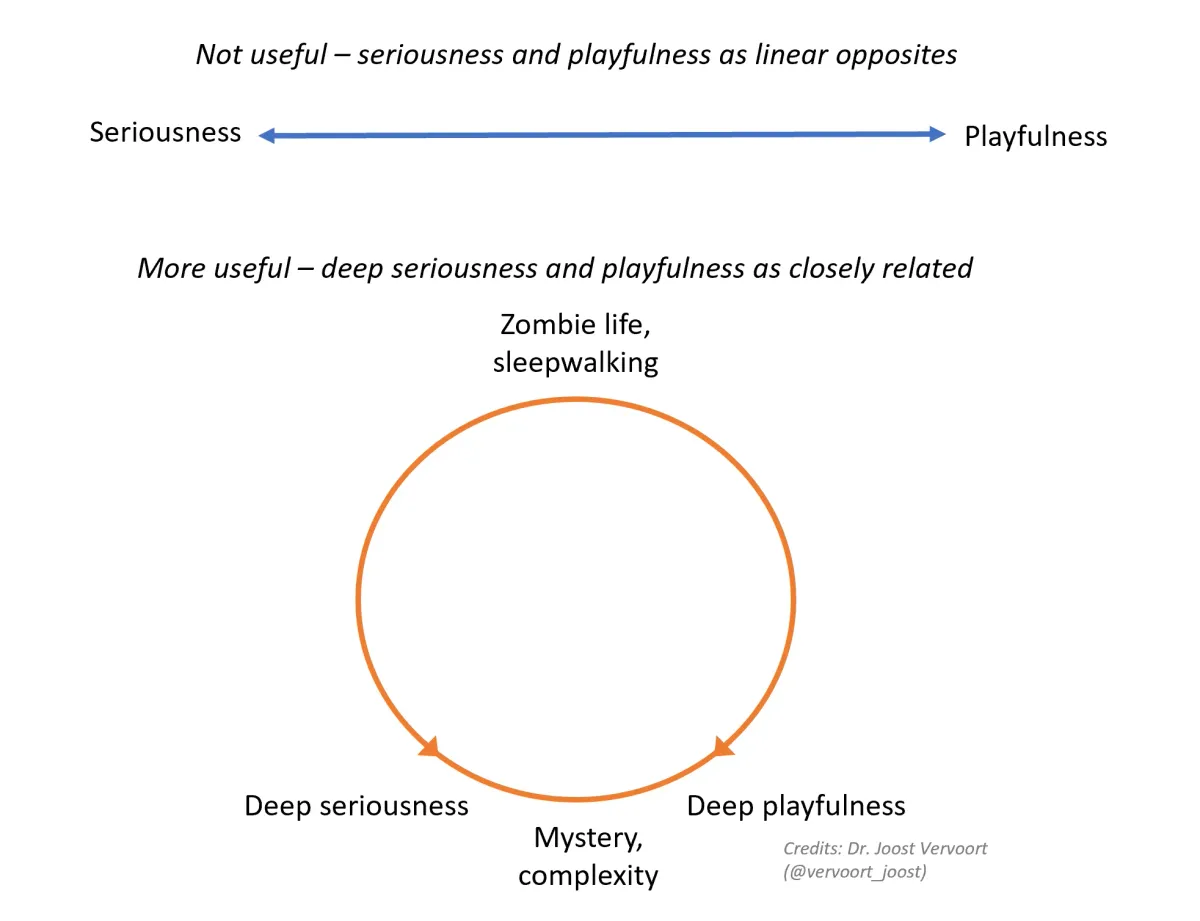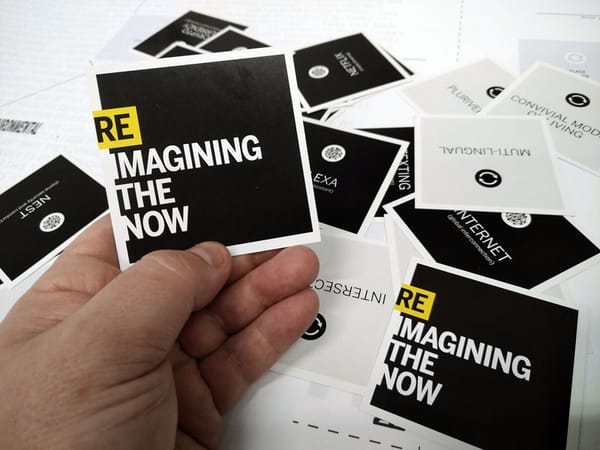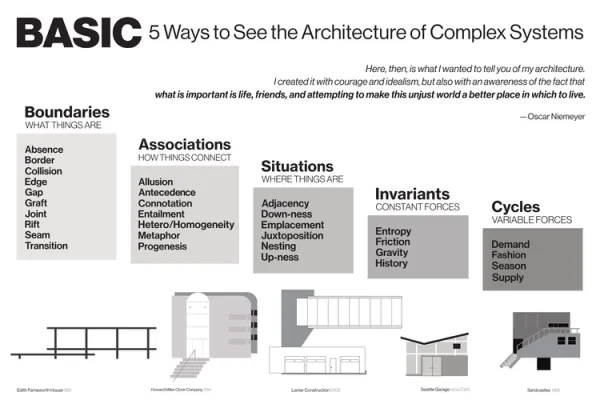№ 25 | 3 Pathways to Purpose, Cultural Types (Lewis Model), an Amazing Bit of Graphic Visualization, Seriousness & Playfulness, and Type 2 Fun!

Nurturing your purpose
I caught the tail end of this Hidden Brain episode, but what I heard has been rattling around in my head ever since. It's an episode devoted to Cultivating Your Purpose (with an emphasis on cultivating versus discovering). What stuck with me was the labeling of three main pathways towards purpose:
- “Proactive“ — Purpose emerges from a gradual and sustained interest in something (hard to identify in retrospect)
- “Reactive“ — Something happens to you, a positive/negative experience, that gives you purpose (like deciding to go into the healthcare profession after a motorcycle accident sends you to the ER; with this pathway, it's easy to identify the moment when your purpose become clear )
- “Social Learning“ — Observing another person cultivate their purpose can lead you toward your own.
Since hearing this, I've heard or been a part of several conversations where I found it easy to fit someone's purpose story into one of these three pathways. Try it out for yourself!
Understanding cultural differences in communication
While all individuals are uniquely shaped by their circumstances, personality, neurodiversity, gender, race, and so on… it is helpful to understand cultural backdrop into which we are born. The Lewis Model categorizes behavior—and 68 major nationalities—based on three main groups: Multi-Active, Reactive, and Linear-Active. Reductive, sure. But, how does fit with your experiences? (Check out the LinkedIn post for an explanation of these behavior groups).

Sidenote: I wonder how this relates to Hofstede's Cultural Dimensions Theory… 🤔
As we're talking about countries…
Amazing bit of graphic visualization:
Just scroll down. You can’t miss it: “Why EU Regions are Redrawing Their Borders“
Seriousness and playfulness
“Deep seriousness and deep playfulness are not opposites.” I love this concept model, that reframes these concepts from opposites along a spectrum to that of points along a circle.

From the post:
It is common to refer to seriousness and playfulness as opposites — and perhaps you’re inclined to think of yourself or other people as either tending to be more serious or more playful. But I believe that this denies the richness that can be found when playfulness and seriousness are both understood to be ways into the depths of life, as represented by the bottom half of the circle in the image — and that on top of the circle, the middle point between the two is a sleepwalking zombie existence that is not much of anything at all.
Type 2 fun!
Upon hearing someone use ‘type 2 fun’ in a conversation, I went straight to the internet to look up what this means. Type 2 fun is… “miserable while it’s happening, but fun in retrospect.” Great to learn new words for something we've all experienced. Source: “The Fun Scale: Understanding Types of ‘Fun‘”
Speaking of words…
“Magpie”
I’ve been watching the new TV series Poker Face. It's a fun, clever show, that I doubt could be carried by anyone other than Natasha Lyonne. Anyway, one of the episodes sent me looking up the word magpie, when used to describe a person. From the dictionary.com definition:
4. an incessantly talkative person; noisy chatterer; chatterbox.
5. a person who collects or hoards things, especially indiscriminately.
It’s of a fun word! That’s all.





